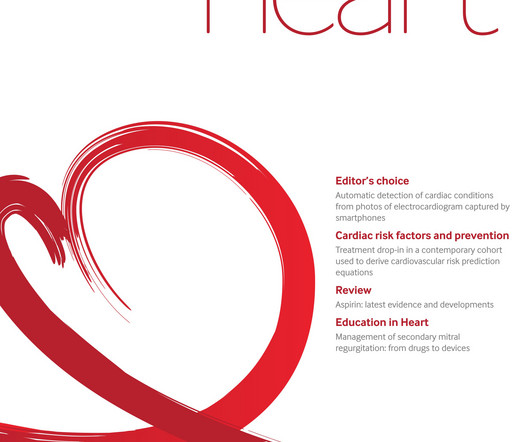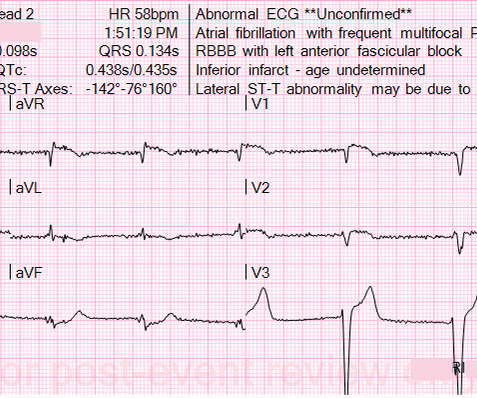Case Report: Coil embolization of ascending aortic pseudoaneurysm in patient with Behcet's disease
Frontiers in Cardiovascular Medicine
JUNE 5, 2024
BackgroundBehcet's disease (BD) is a systematic vasculitis that affects vessels with various sizes, presenting as venous thrombosis and arterial pseudoaneurysms.















Let's personalize your content